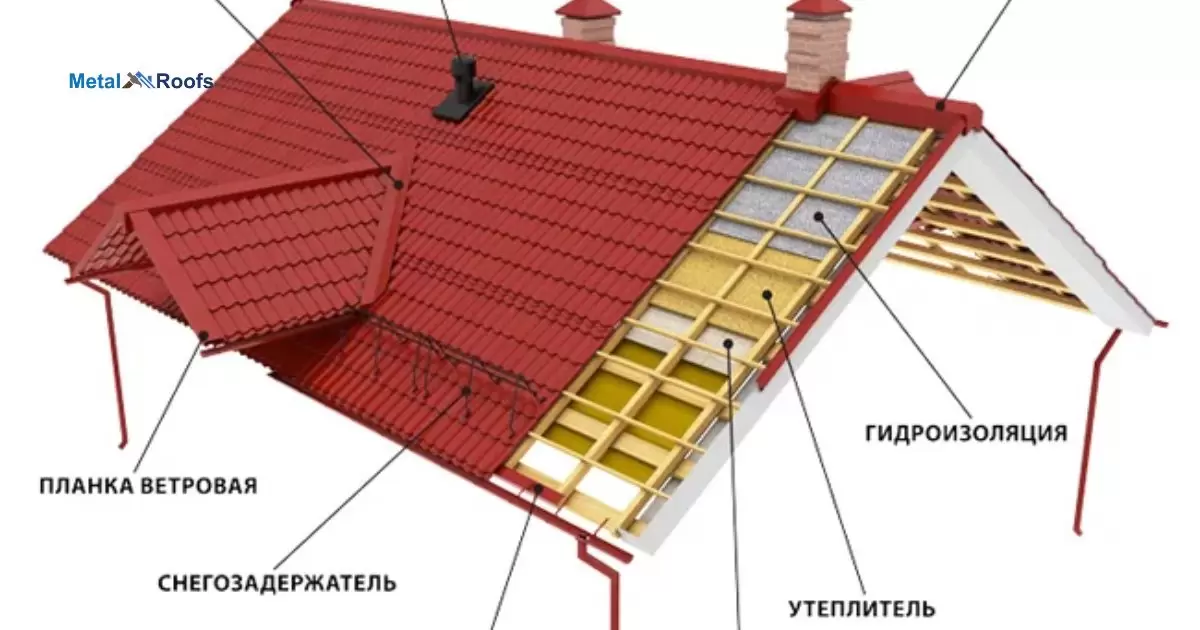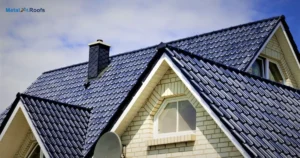Attic ventilation moves air through the attic space. It helps remove excess heat and moisture buildup. Proper ventilation prevents roof damage and reduces cooling costs. It uses vents, fans, or a combination of both. Intake vents allow cool air in while exhaust vents expel warm air.
Attics get hot and stuffy without proper ventilation. This can lead to moisture damage and higher energy bills. Improving attic ventilation is crucial. Install exhaust fans or vents to expel hot air. Ensure adequate intake vents for fresh air flow. Check insulation levels and seal any air leaks.
Intake vents allow cool air to enter the attic space. Exhaust vents expel hot air, preventing heat buildup. Proper placement of vents is crucial for efficient airflow. Ridge vents and powered fans can enhance the ventilation system. Regularly inspecting and maintaining vents ensures optimal performance.
Key Takeaways
- Assess current ventilation and calculate needed ventilation.
- Install soffit vents for intake and ridge vents for exhaust.
- Consider adding gable vents for cross-ventilation.
- Ensure vents are unobstructed and seal any leaks.
- Monitor attic conditions regularly.
Determine The Need For Improved Attic Ventilation
To determine if you need better attic ventilation, start by assessing your current ventilation. Look for signs of poor ventilation, like mold growth or excessive heat. Calculate the ventilation needed based on your attic’s size.
Consider adding soffit vents for intake and ridge vents for exhaust. Gable vents can also help improve airflow. Ensure vents are unobstructed and monitor attic conditions, especially with metal roofing’s dimensions of metal roofing.
Choose The Right Type Of Ventilation
| Type of Ventilation | Description |
| Ridge Vents | Installed along the peak of the roof for optimal airflow. |
| Soffit Vents | Located under the eaves to draw in fresh air from outside. |
| Gable Vents | Placed on the gable ends of the attic for ventilation. |
| Attic Fans | Electric fans installed in the attic to improve airflow. |
| Roof Vents | Vents installed on the roof to release hot air from the attic. |
Choosing the right type of ventilation depends on various factors such as the size and layout of your space, the climate in your area, and the specific ventilation needs of the area you want to ventilate. Here are some common types of ventilation systems:
Natural Ventilation: Uses natural forces such as wind and temperature differences to exchange indoor and outdoor air. This can be achieved through windows, doors, and vents.
Mechanical Ventilation: Uses mechanical systems such as fans to exchange air. There are different types of mechanical ventilation systems, including:
Exhaust Ventilation: Uses fans to remove air from a building, creating a negative pressure that draws in fresh air from outside.
Supply Ventilation: Uses fans to bring fresh air into a building, pressurizing the space and forcing stale air out through leaks or exhaust vents.
Balanced Ventilation: Combines supply and exhaust systems to provide balanced airflow, often with heat or energy recovery to improve efficiency.
Spot Ventilation: Provides ventilation to specific areas such as bathrooms, kitchens, or utility rooms using localized exhaust fans.
Whole-House Ventilation: Provides ventilation to the entire house using a central fan or system. This can be combined with other ventilation strategies for optimal results.
When choosing a ventilation system, consider the specific needs of your space and consult with a ventilation professional to determine the most suitable solution.
Install Roof Vents
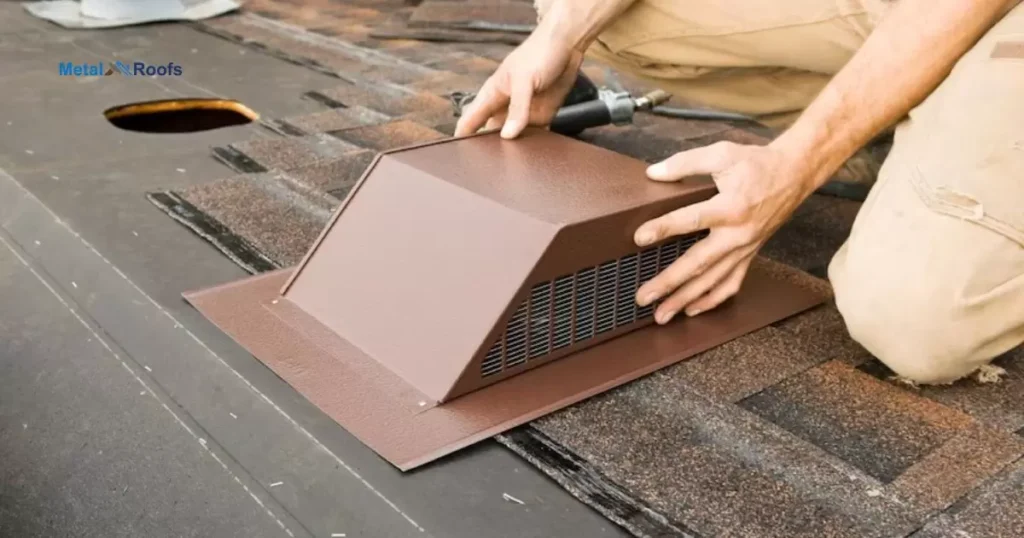
To improve attic ventilation, consider installing roof vents. These vents help regulate temperature by allowing hot air to escape from the attic. They work in conjunction with soffit vents, which allow cool air to enter, creating a continuous airflow.
Roof vents can also help reduce moisture buildup, which can lead to mold and mildew growth. By ensuring proper ventilation, you can prolong the life of your roof and improve the overall comfort of your home.
Place Roof Vents Near The Roof’s Peak And Soffit Vents In The Eaves
For optimal attic ventilation, place roof vents near the roof’s peak and soffit vents in the eaves. Roof vents should be positioned along the highest point of the roof to let hot air escape. This allows for a continuous flow of air through the attic, preventing heat buildup.
Soffit vents, on the other hand, are best installed in the eaves or under the roof’s overhang. They allow cool air to enter the attic, balancing the airflow with the roof vents. This combination creates a ventilation system that effectively regulates temperature and reduces moisture buildup, promoting a healthier attic environment and extending the life of your roof.
Add Baffles
To enhance attic ventilation, consider adding baffles. Baffles ensure that airflow from soffit vents reaches the attic space without obstruction. They prevent insulation from blocking vents and allow air to flow freely. Installing baffles is essential for maintaining a balanced and efficient ventilation system.
Place them between roof trusses to create channels for air movement. Baffles promote proper air circulation, preventing moisture buildup and protecting the integrity of your roof. By adding baffles, you can optimize your attic ventilation and improve the overall health of your home.
Space Attic Vents Evenly
To ensure effective attic ventilation, it’s crucial to space attic vents evenly. Start by assessing your attic’s layout and determining the best locations for vents. Place soffit vents under the eaves to allow cool air in and install ridge vents along the peak of the roof for hot air to escape.
This helps prevent moisture buildup and regulates temperature more efficiently, ultimately extending the lifespan of your roof. Properly spaced vents create a continuous flow of air, maintaining a healthy environment in your attic and home overall.
Install Soffit Vents
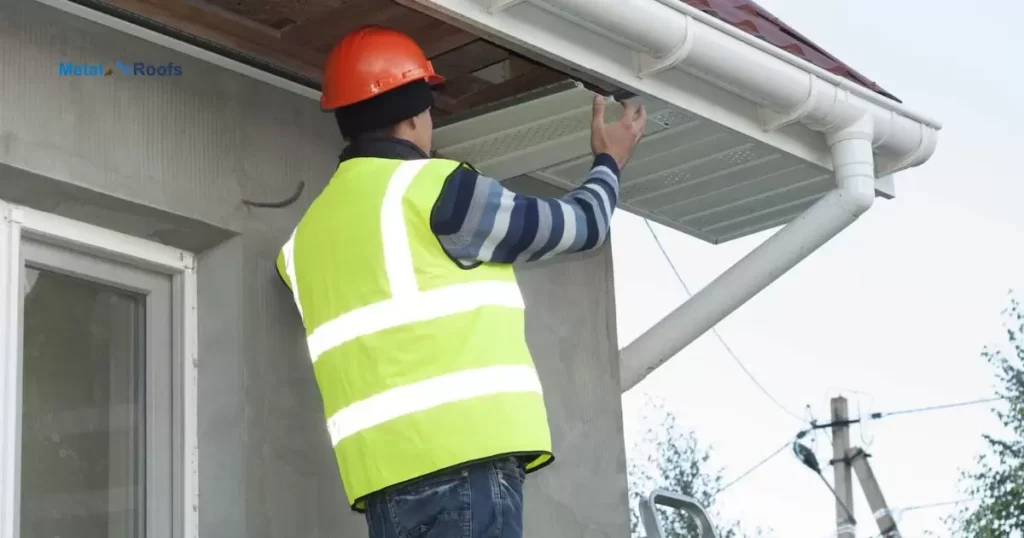
When improving attic ventilation, installing soffit vents is crucial. These vents are placed under the eaves of the roof to allow cool air to enter the attic. They work together with other vents, like ridge vents, to maintain airflow.
Soffit vents help prevent moisture buildup and keep the attic temperature stable. They are an essential part of a well-ventilated attic system, ensuring proper air circulation to protect the roof and the home’s structure.
Install Insulation
Insulation is key to maintaining a comfortable home and reducing energy bills. Start by checking the current insulation levels in your attic. Add more insulation if it is below the recommended R-value for your area.
Use the right type of insulation for your attic, such as fiberglass batts or blown-in cellulose. Install insulation evenly and avoid compressing it to ensure effectiveness. Proper insulation can help regulate indoor temperatures and save you money on heating and cooling costs.
Maintain Attic Ventilation
To maintain attic ventilation, start by checking your current setup. Ensure you have enough vents: soffit for intake, ridge for exhaust, and possibly gable for cross-ventilation. Calculate ventilation needs based on attic size. Install additional vents if necessary, but avoid overdoing it.
Keep vents clear of obstructions like insulation or debris. Seal any leaks in the attic floor to prevent warm, moist air from entering. Regularly inspect the attic for signs of poor ventilation, such as mold or excessive heat. If in doubt, consult a professional for guidance on improving ventilation.
Address Ice Dams
Addressing ice dams is crucial for maintaining a healthy roof and preventing water damage. Start by ensuring your attic is well-insulated to prevent warm air from escaping and melting snow on the roof. Next, improve attic ventilation to keep the roof’s temperature consistent and prevent ice dams from forming.
Clear snow from the roof using a roof rake to prevent excessive weight and ice buildup. Lastly, seal any air leaks in the attic to prevent warm air from entering and melting snow on the roof. Regular maintenance and addressing ice dams promptly can help protect your roof and home from water damage.
Monitor For Mold And Mildew
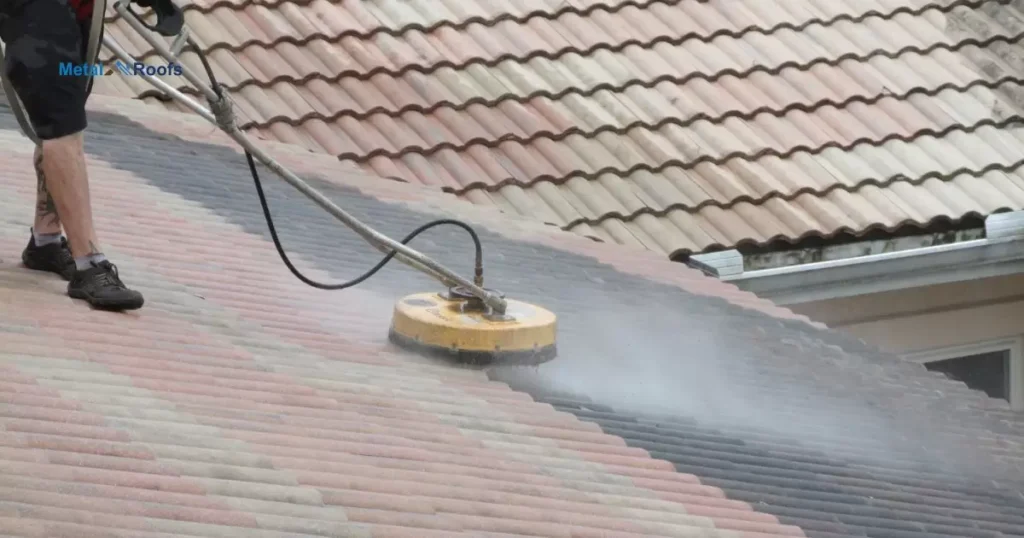
Regularly check your attic for mold and mildew. Look for dark spots or musty odors. Address any signs promptly to prevent further damage. A well-ventilated attic helps deter mold growth. Ensure vents are clear and functioning properly.
If you notice mold or mildew, clean it thoroughly. Consider installing a dehumidifier for extra moisture control. Monitoring your attic for mold and mildew ensures a healthy environment and prolongs the life of your home.
Control Attic Temperature
To control attic temperature, start by assessing your current ventilation system. Install roof vents like ridge vents and soffit vents for continuous airflow. Add gable vents near the peaks of the gable ends. Consider roof ventilation fans to exhaust hot air. Ensure soffit vents are clear of obstructions.
Seal air leaks to prevent warm air from entering. Monitor humidity levels to prevent mold growth. Consulting a professional can help with specific needs. Improving attic ventilation helps maintain a comfortable home and prolongs your roof’s lifespan.
Consider Energy Efficiency
When considering energy efficiency, start by assessing your current energy usage. Look for areas where you can make simple changes, like using LED light bulbs or installing a programmable thermostat. Seal drafts around windows and doors to keep heat in during the winter and out during the summer.
Consider upgrading to energy-efficient appliances and ensuring your home is well-insulated to reduce heating and cooling costs. Making these adjustments not only saves money but also helps reduce your environmental impact.
Frequently Asked Questions
What Is The Proper Way To Vent A Dryer Through The Roof?
Install roof vent cover. Connect metal duct to dryer. Extend duct through attic. Cut hole in roof. Attach vent cover. Seal gaps. Regularly clean vent.
Is It Safe To Vent A Dryer Into The Attic?
Venting a dryer into the attic is unsafe. Moisture breeds mold and mildew, risking home damage and health hazards. Direct dryer vents outside to prevent these problems.
How Far Can A Dryer Vent Be From The Roof?
A dryer vent should be at least 3 feet away from any home openings and should not terminate near roof eaves to prevent moisture buildup.
Conclusion
Proper attic ventilation is crucial for a comfortable, energy-efficient home. It prevents moisture buildup and extends the life of your roof. Installing the right vents and fans is essential for adequate airflow. Sealing air leaks and ensuring proper insulation levels optimize ventilation.
Regular inspections help identify any ventilation issues early on. Clean vents and fans to ensure smooth operation. Consider upgrading to a more efficient system if needed. Consult professionals for expert advice and installation. With the right attic ventilation, you’ll enjoy a cooler, healthier home.
